Design
Putting Thought Into Things
Read Article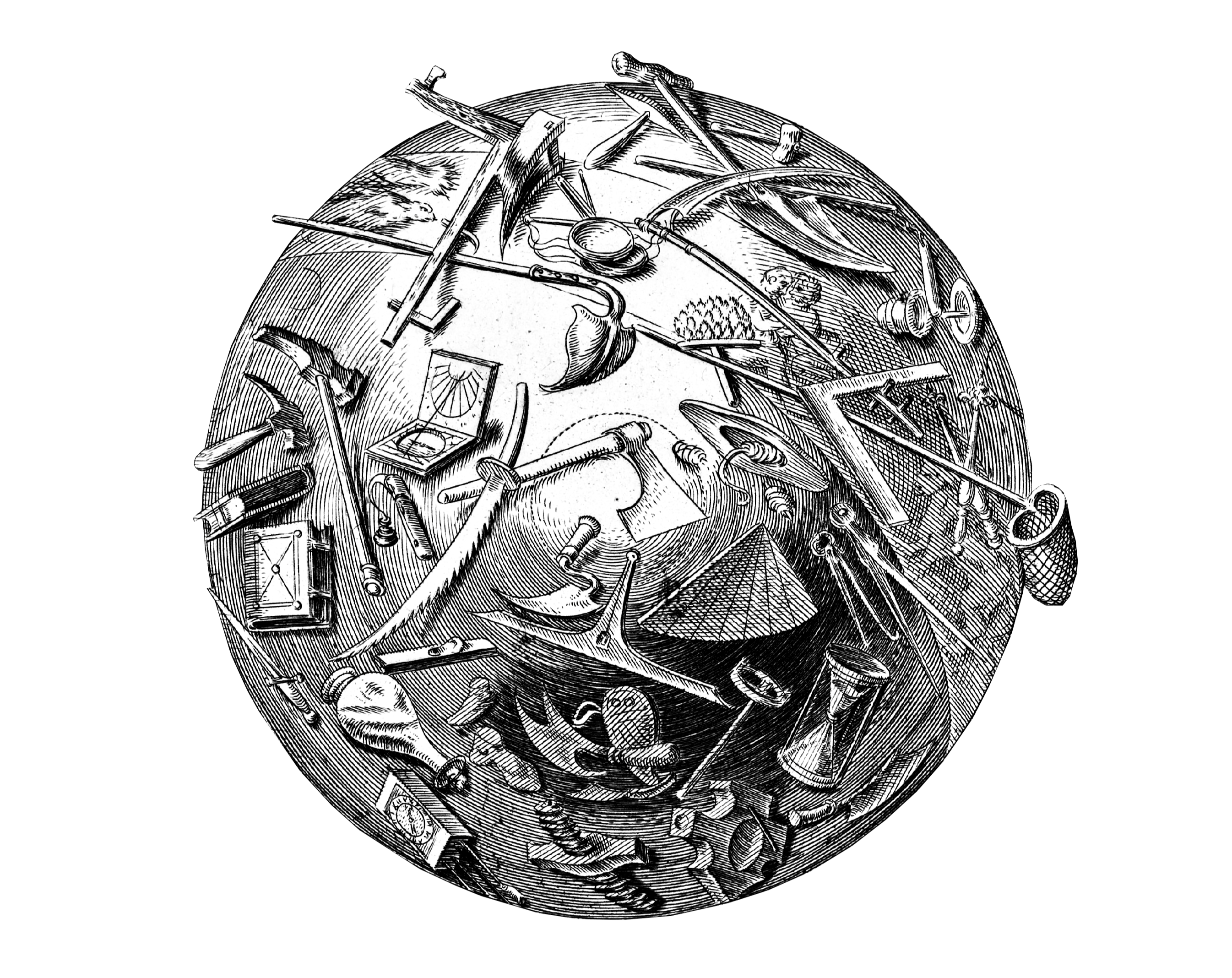
Design
Improving the Digital Reading Experience
Read Article↑ 💻 OLD
Design
“Why Simplicity Creates Great User Experiences”
Read ArticleGREATEST MAN
Design
Business Class
Read Article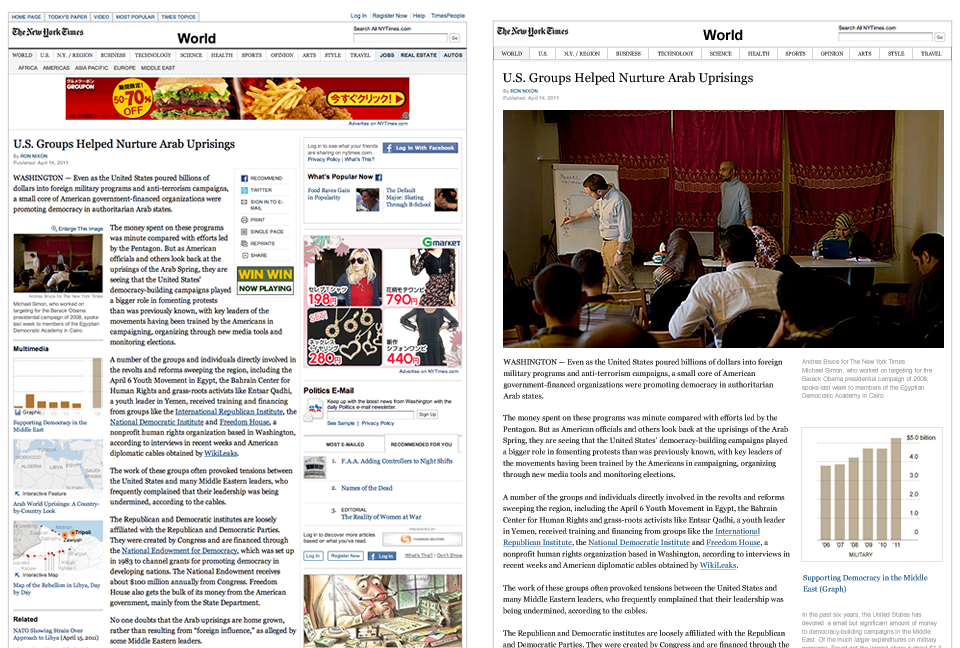
Digital Strategy and Design
iPad App Sales Numbers
Read Article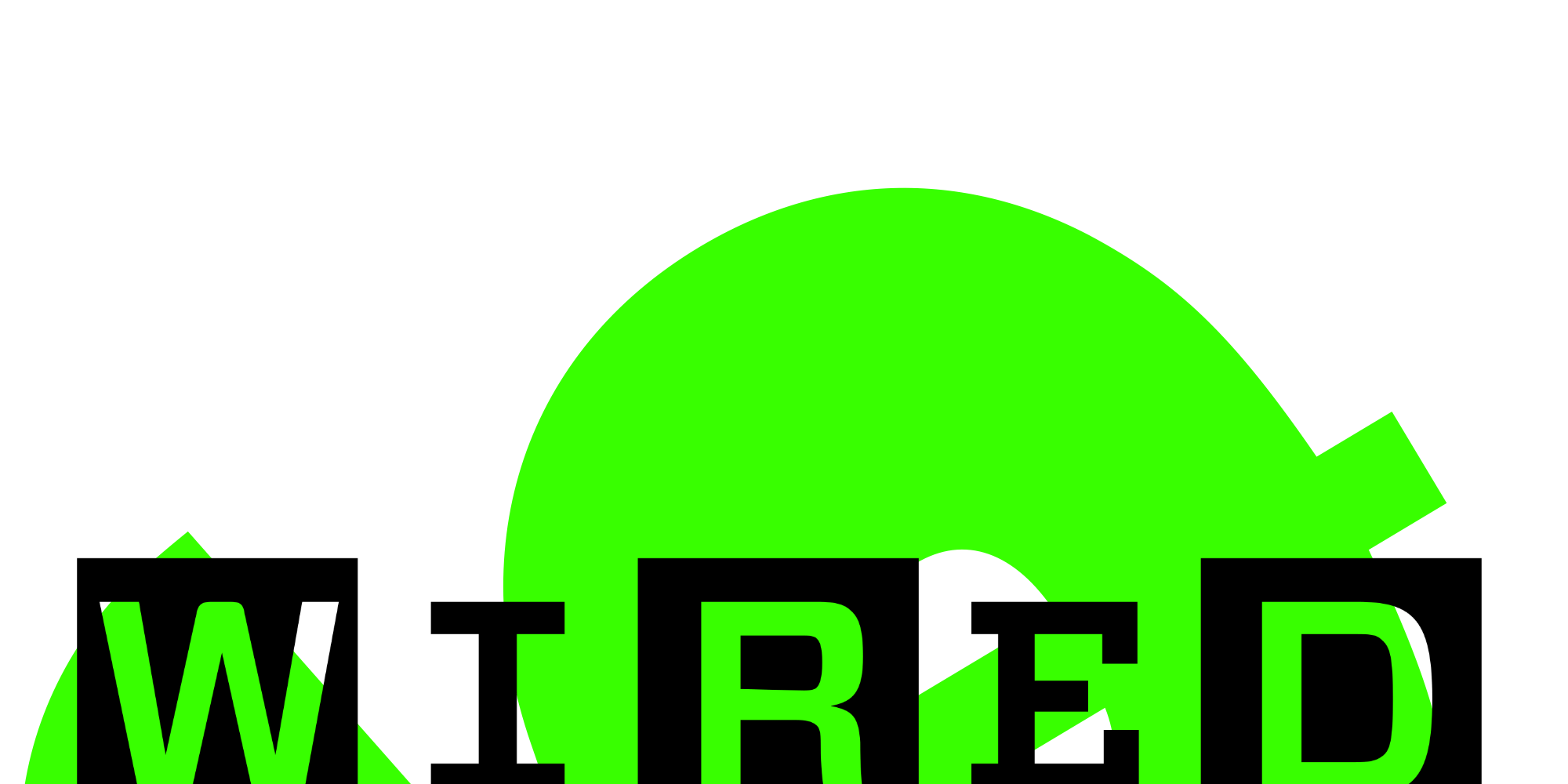
Design
Can Experience be Designed?
Read Article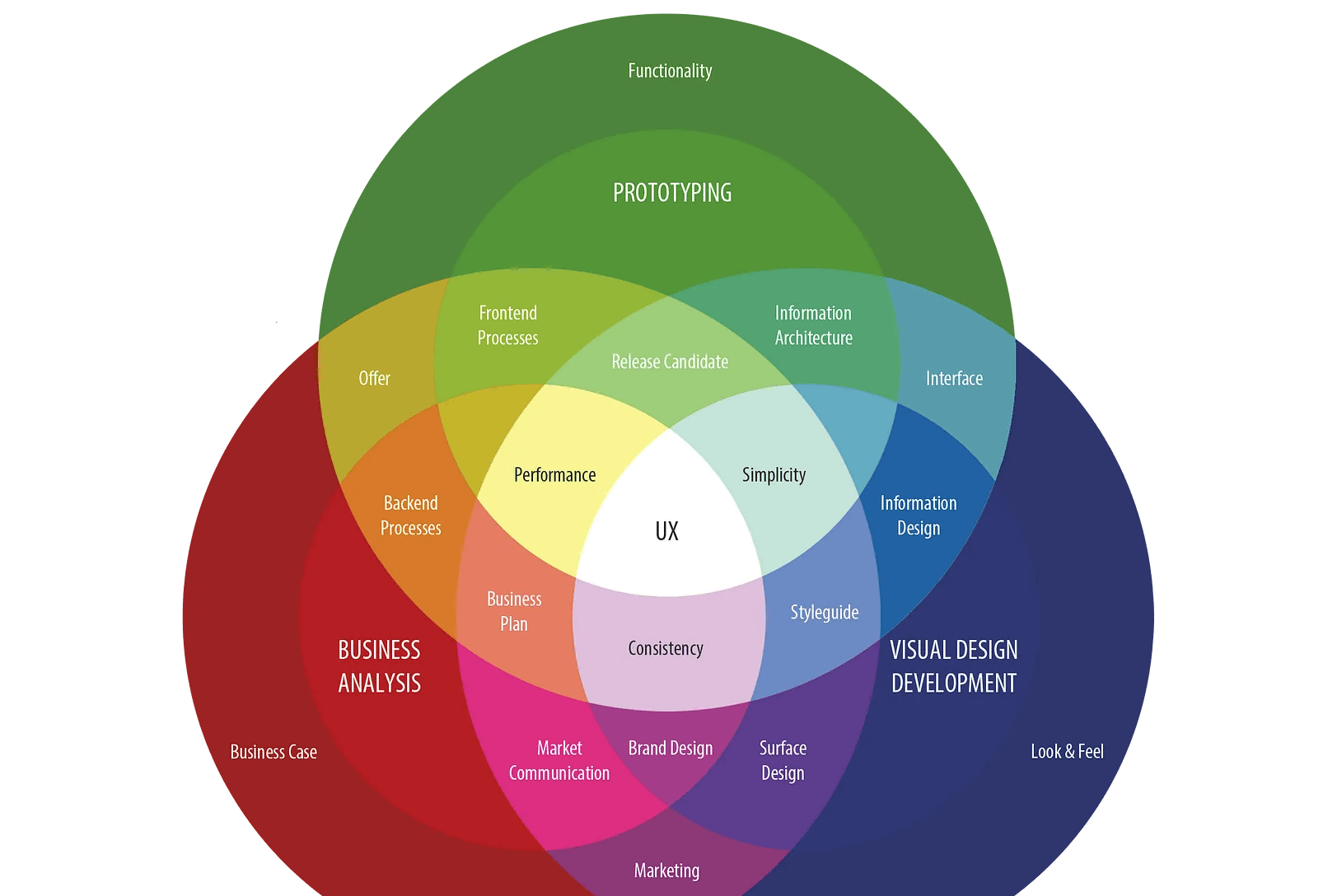
Design
Just like a Paper Tiger…
Read Article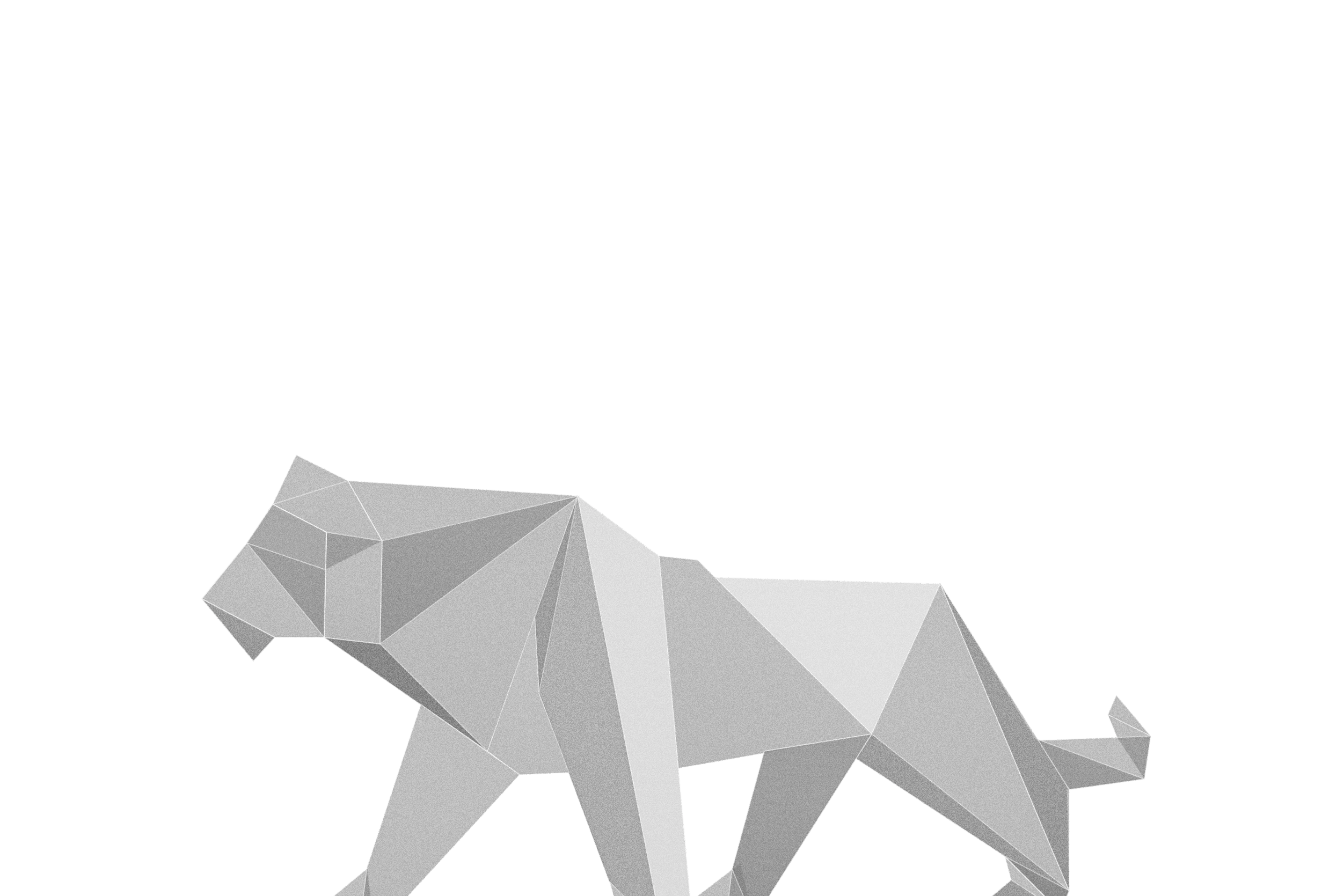
Design
Cosmic 140
Read Article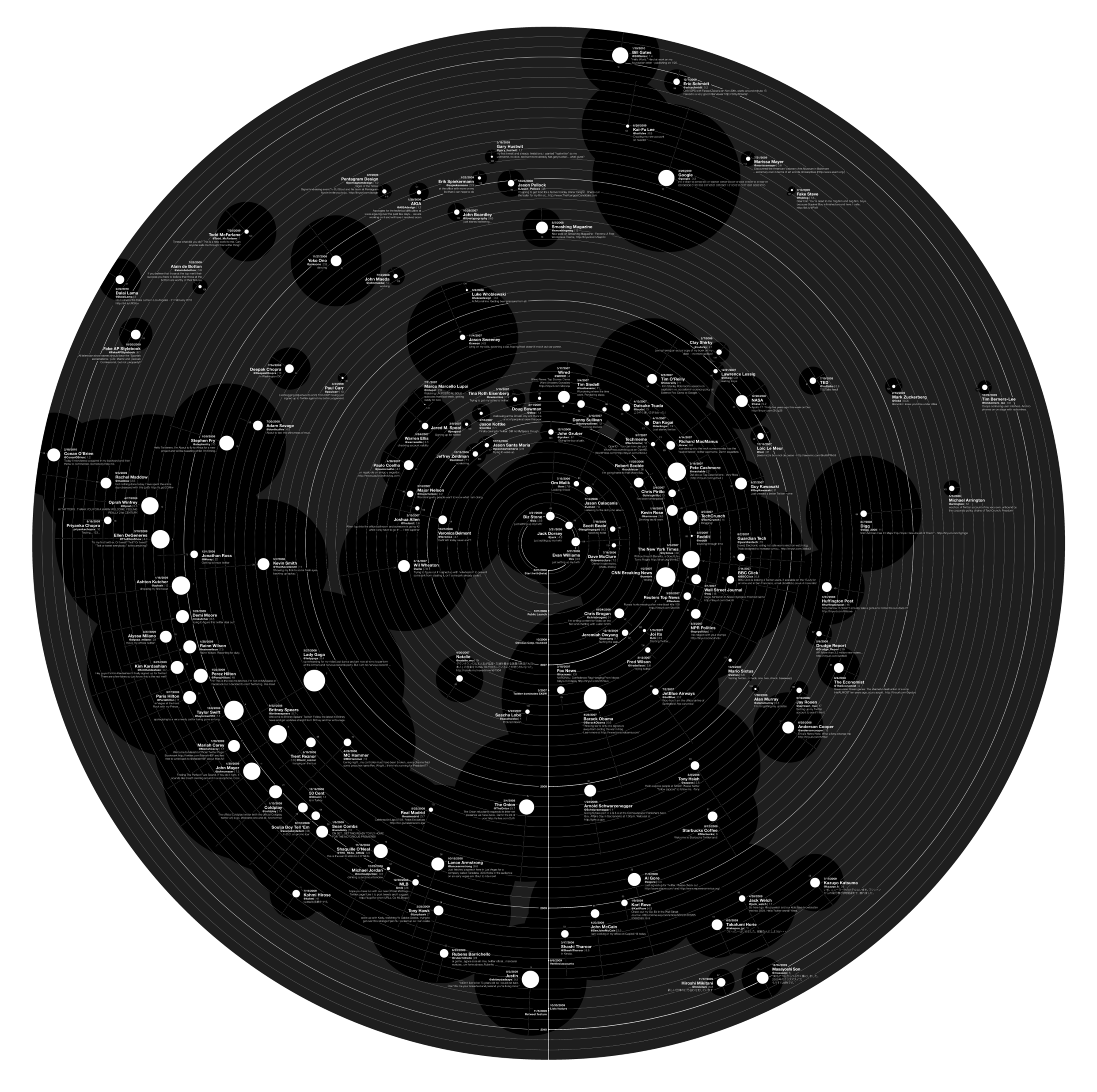
Design
Designing for iPad
Read Article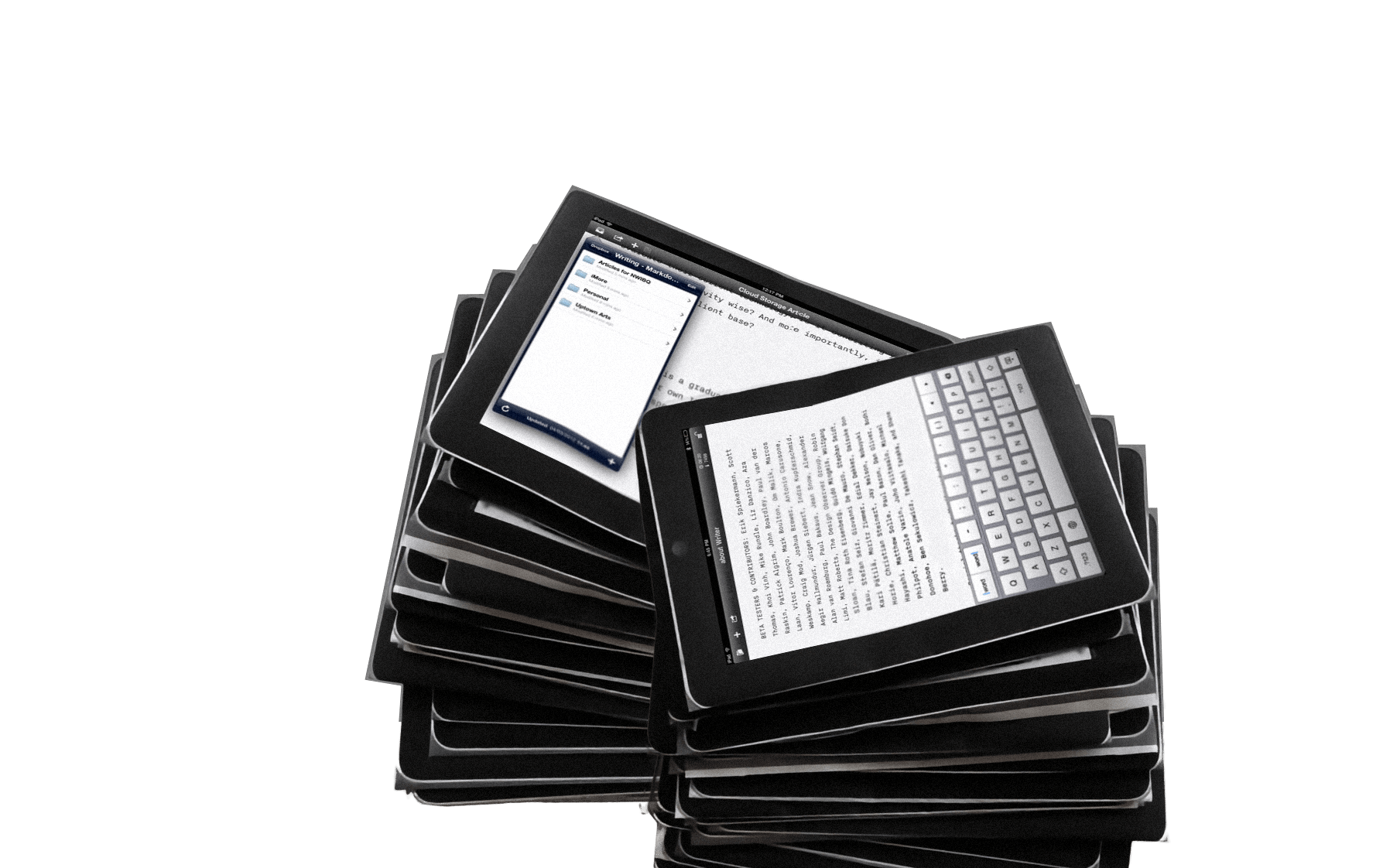
Design
iA’s 2006 Facebook Designs, Redesigned
Read ArticleDesign
What’s Next in Web Design?
Read Article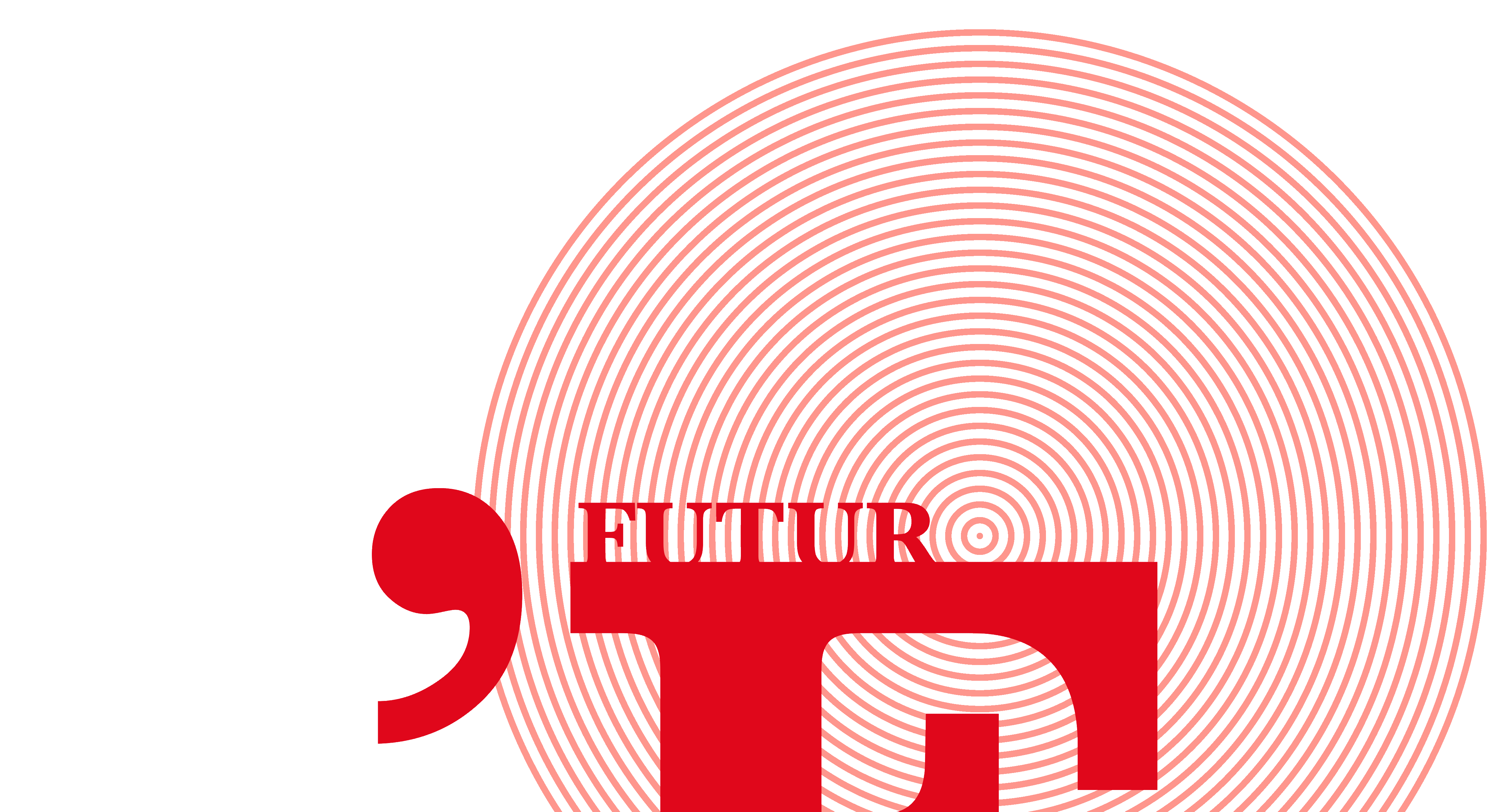
Digital Strategy and Design
Dynamic Pricing for Digital Goods
Read Article
Design
The Value of Information
Read Article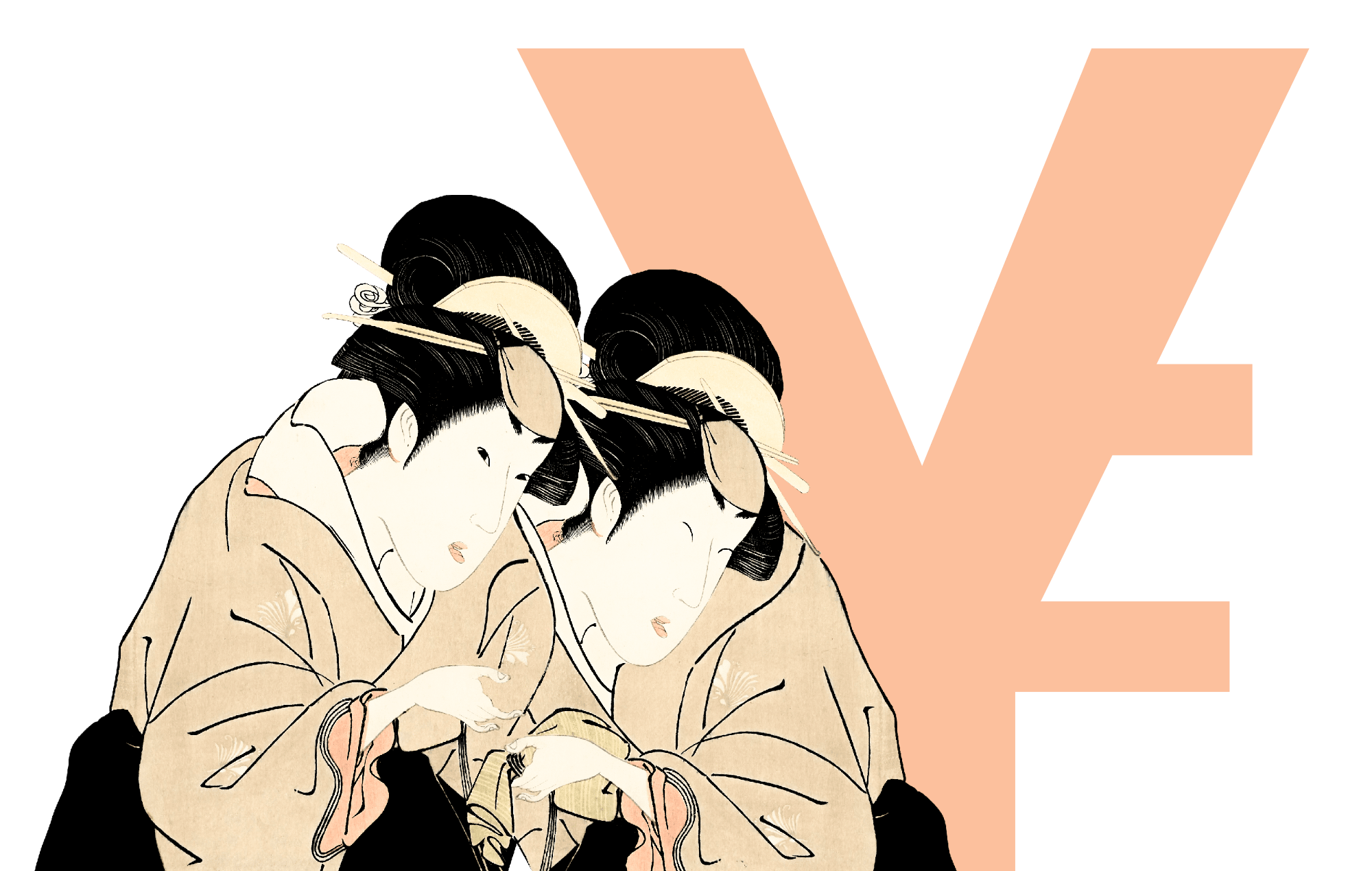
Design
Future of Journalism
Read Article
Design
The Spectrum of User Experience
Read Article
Design
Social Media Marketing?
Read Article
Design
Webapp Death Match
Read Article☠ 💑
Design
Elvis and the Opposite
Read Article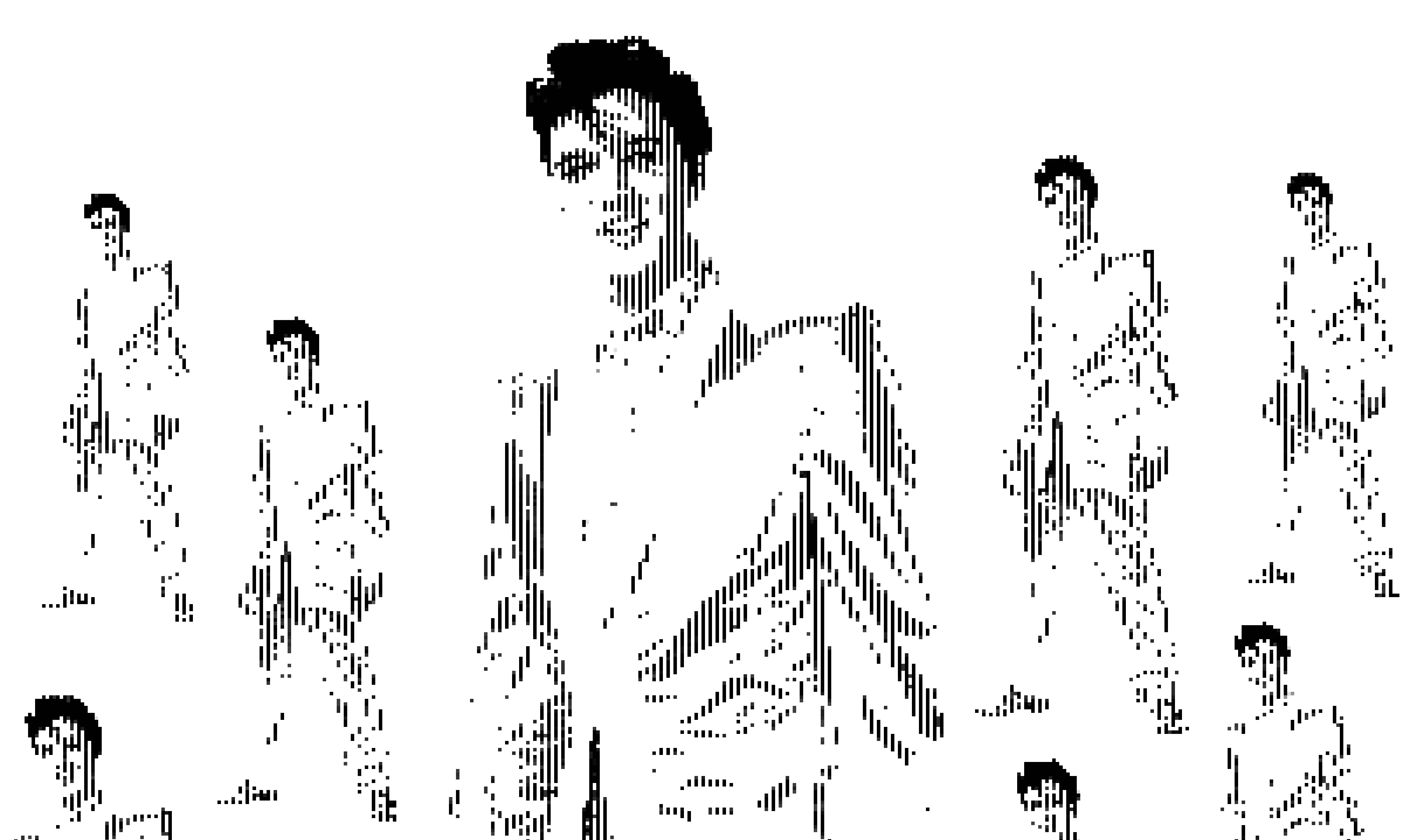
Design
Surfing the Avalanche
Read Article🏄
Digital Strategy and Design
Trend Map 2008
Read Article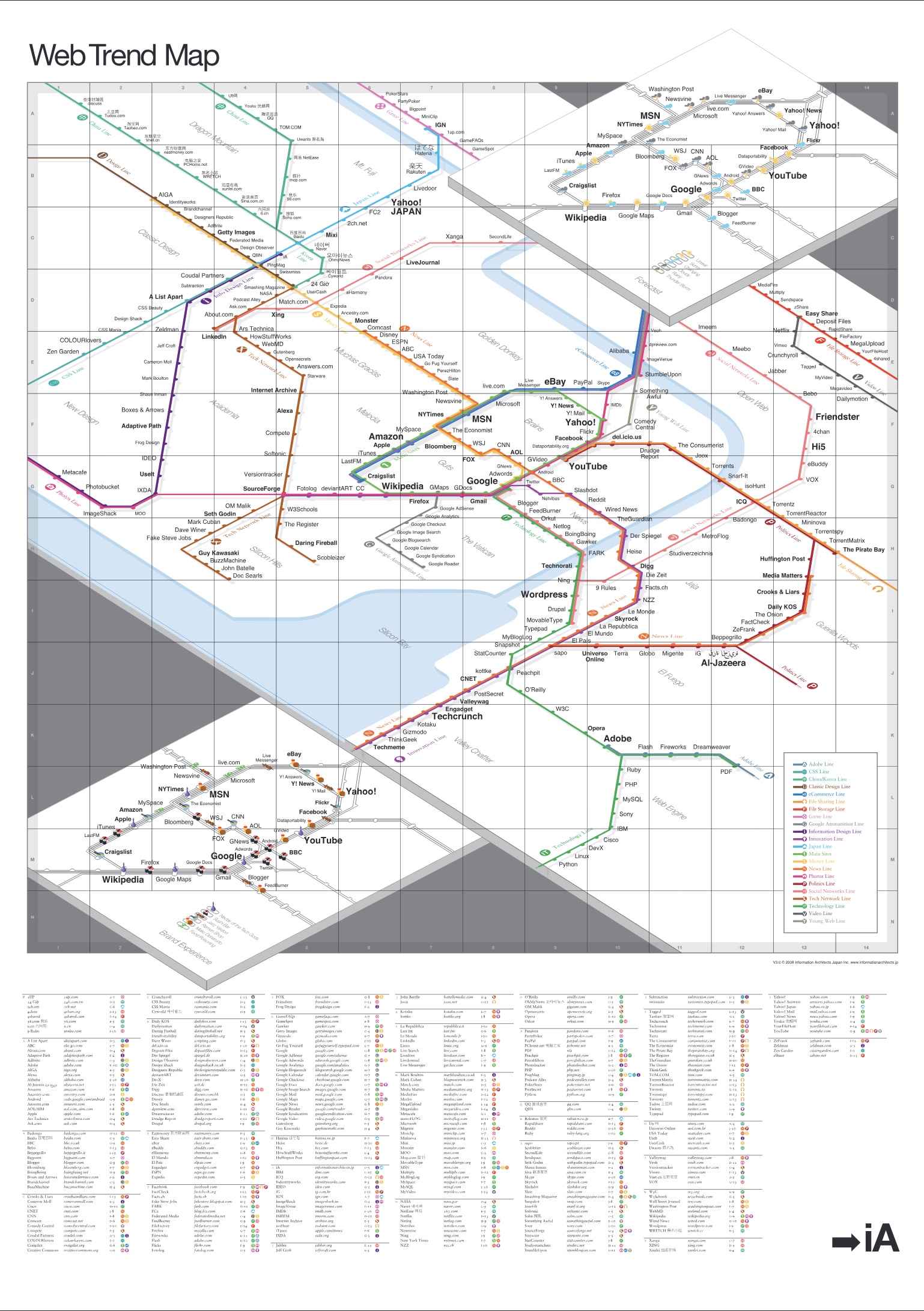
Design
The Essentials of Online Rebranding
Read Article
Design
A Word on Design Value
Read Article
Design
Newspaper Wiki
Read Article
Design
Washington Post Redesign
Read Article
Design
Web Ad Spend Overtakes Newspapers
Read ArticleMONEY
Design
The Future of News
Read Article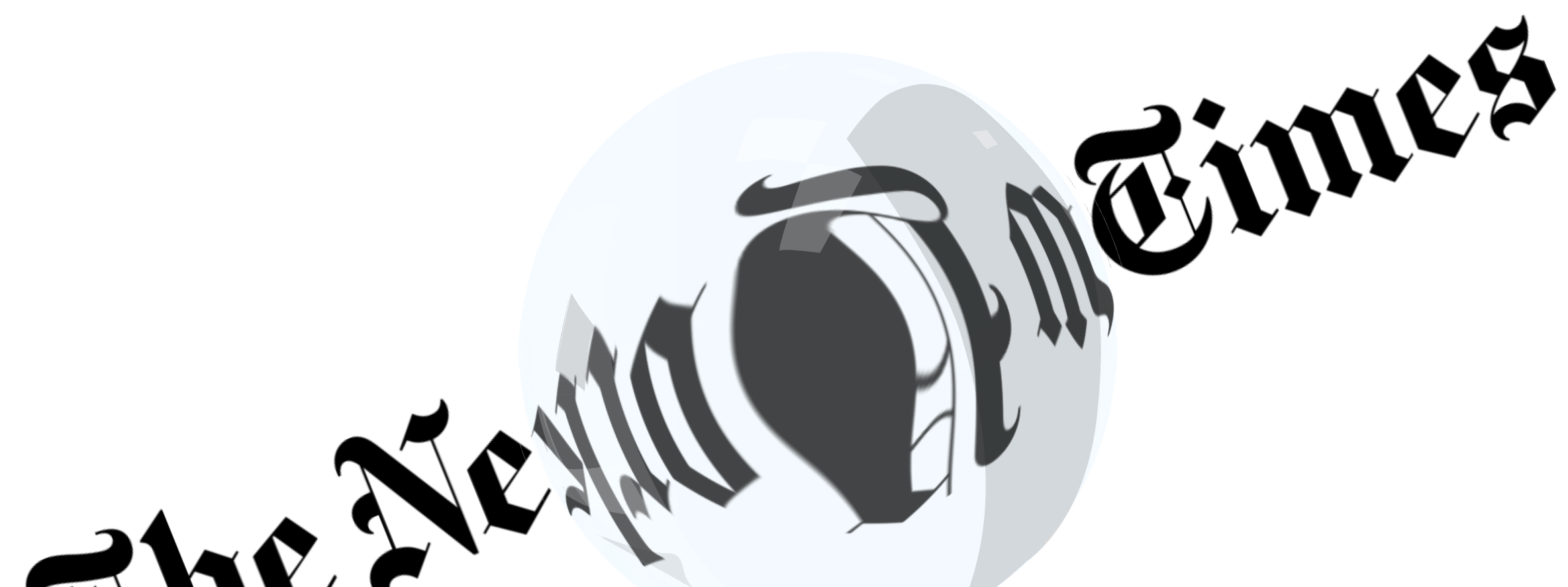
Design
10 Newspaper Myths
Read Article🔟 📰
Digital Strategy and Design
USA Today
Read Article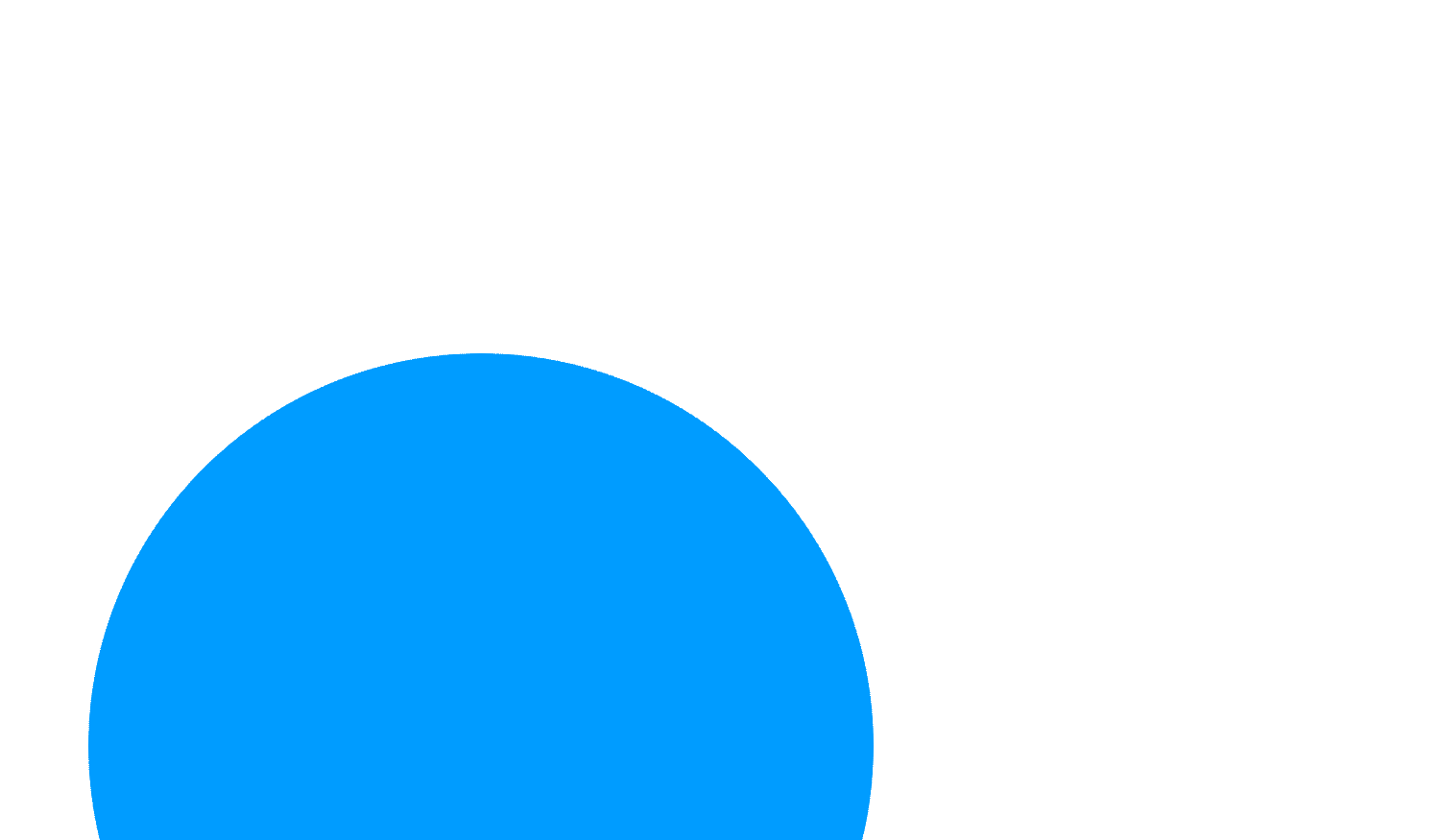
Design
Technorati
Read Article
Design
Partner in Astroturfing
Read Article
Design
The Electronic Gentleman
Read Article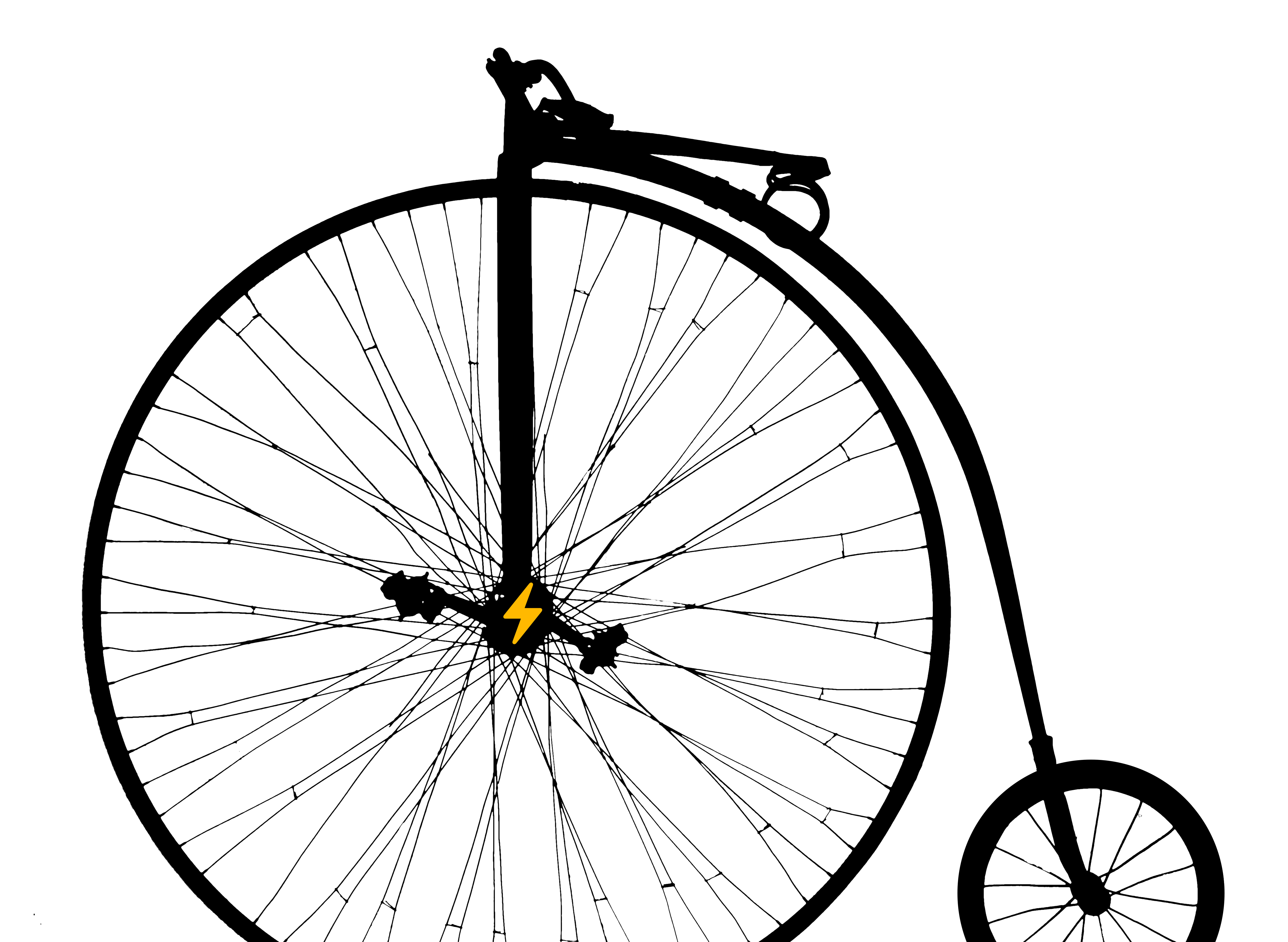
Design
New Athens
Read Article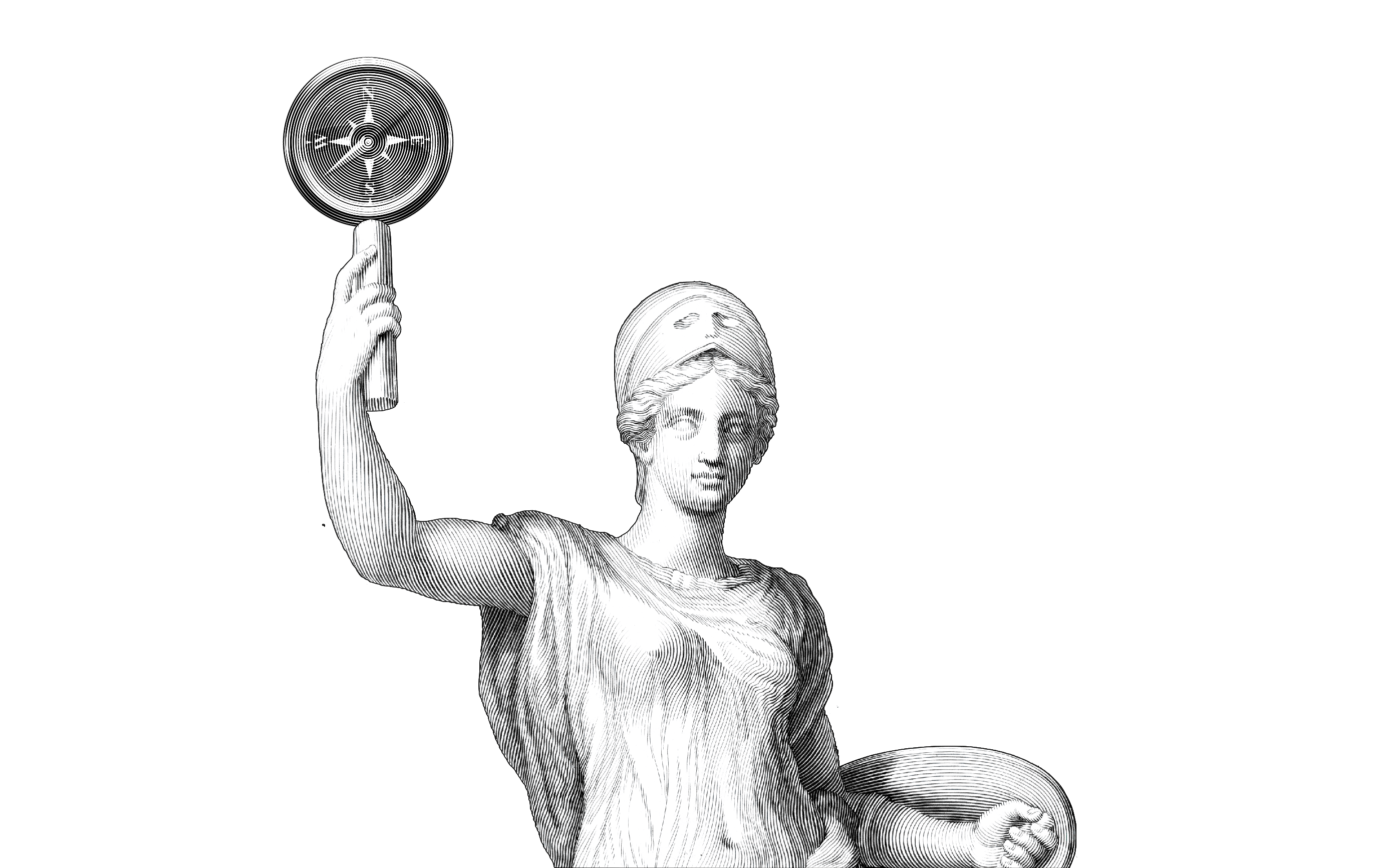
Design
Webdesign is 95% Typography
Read Article